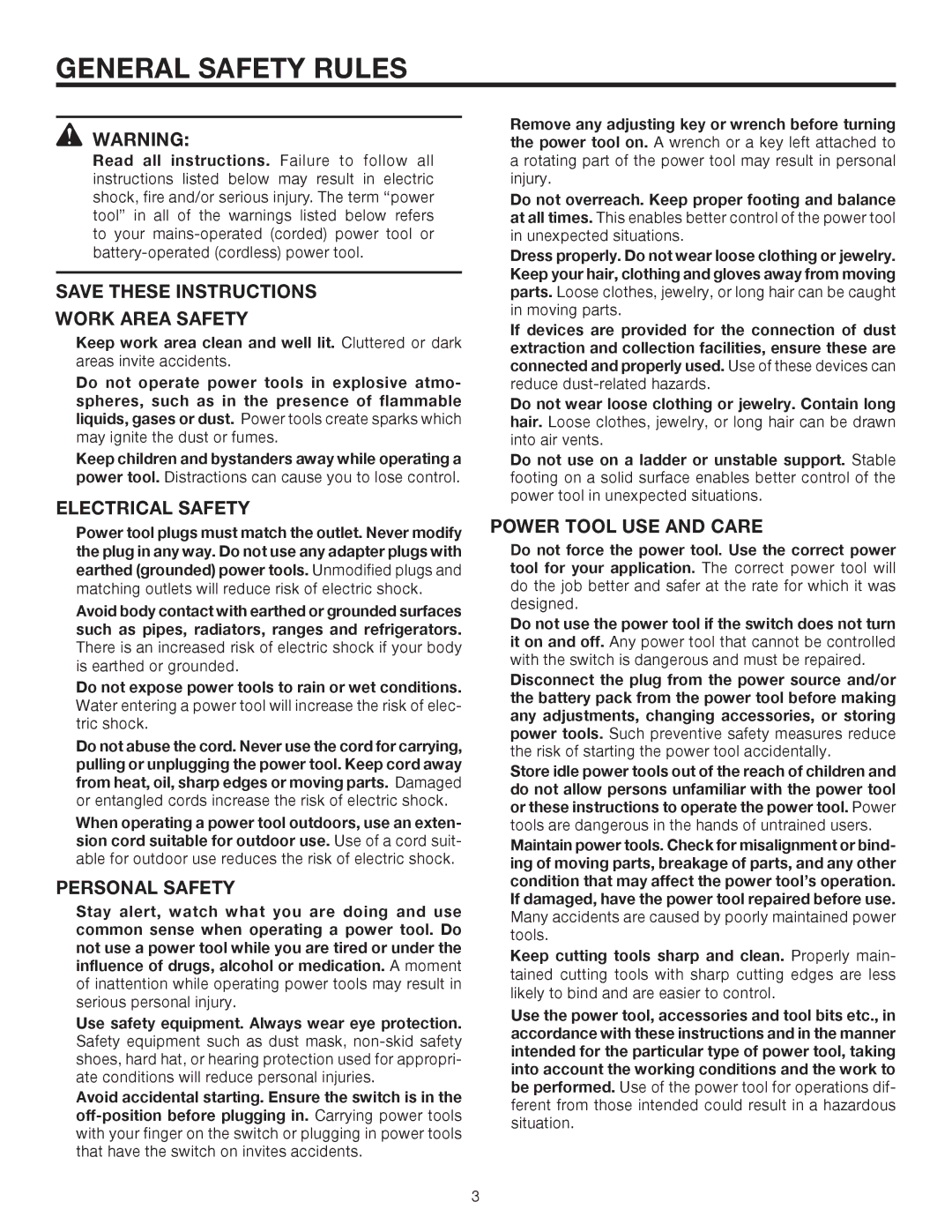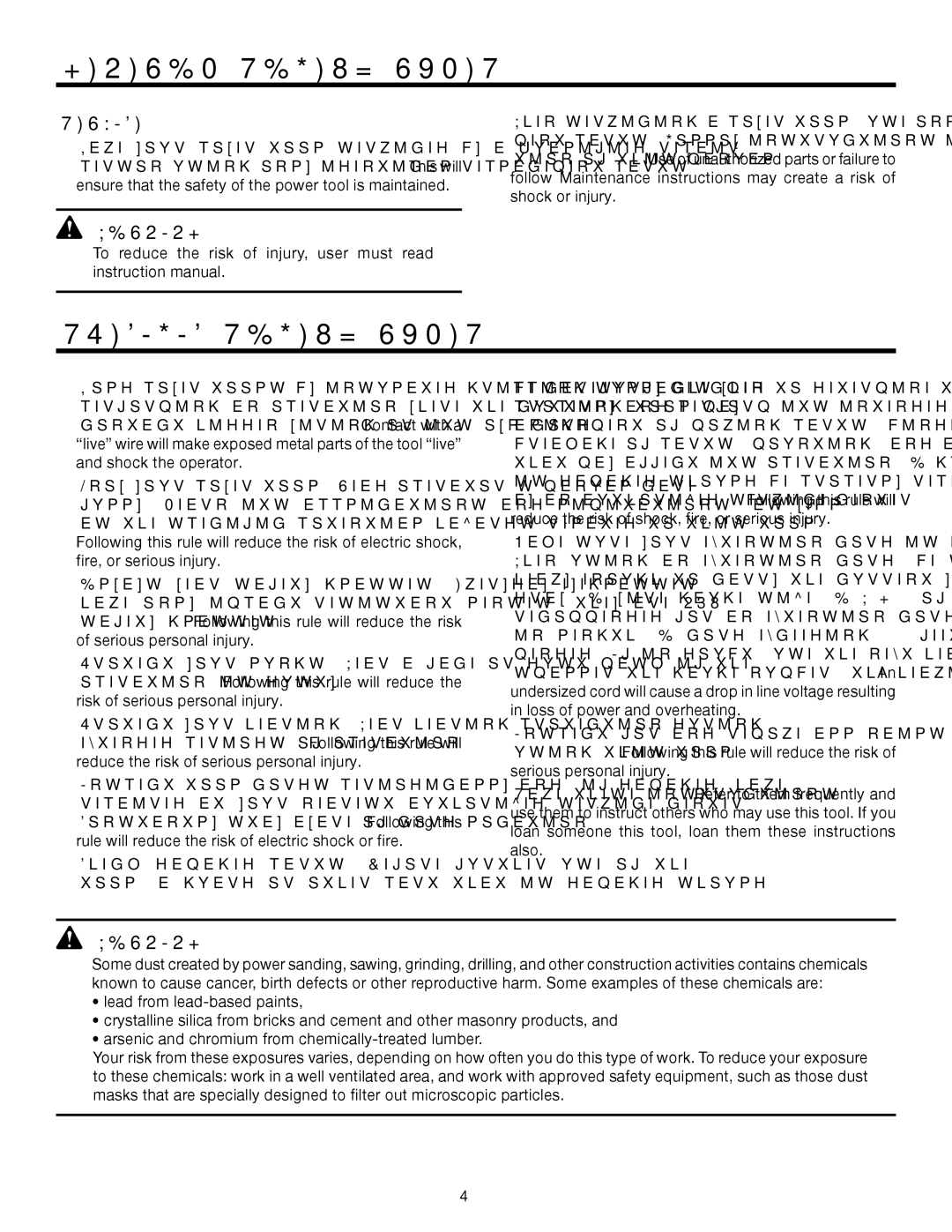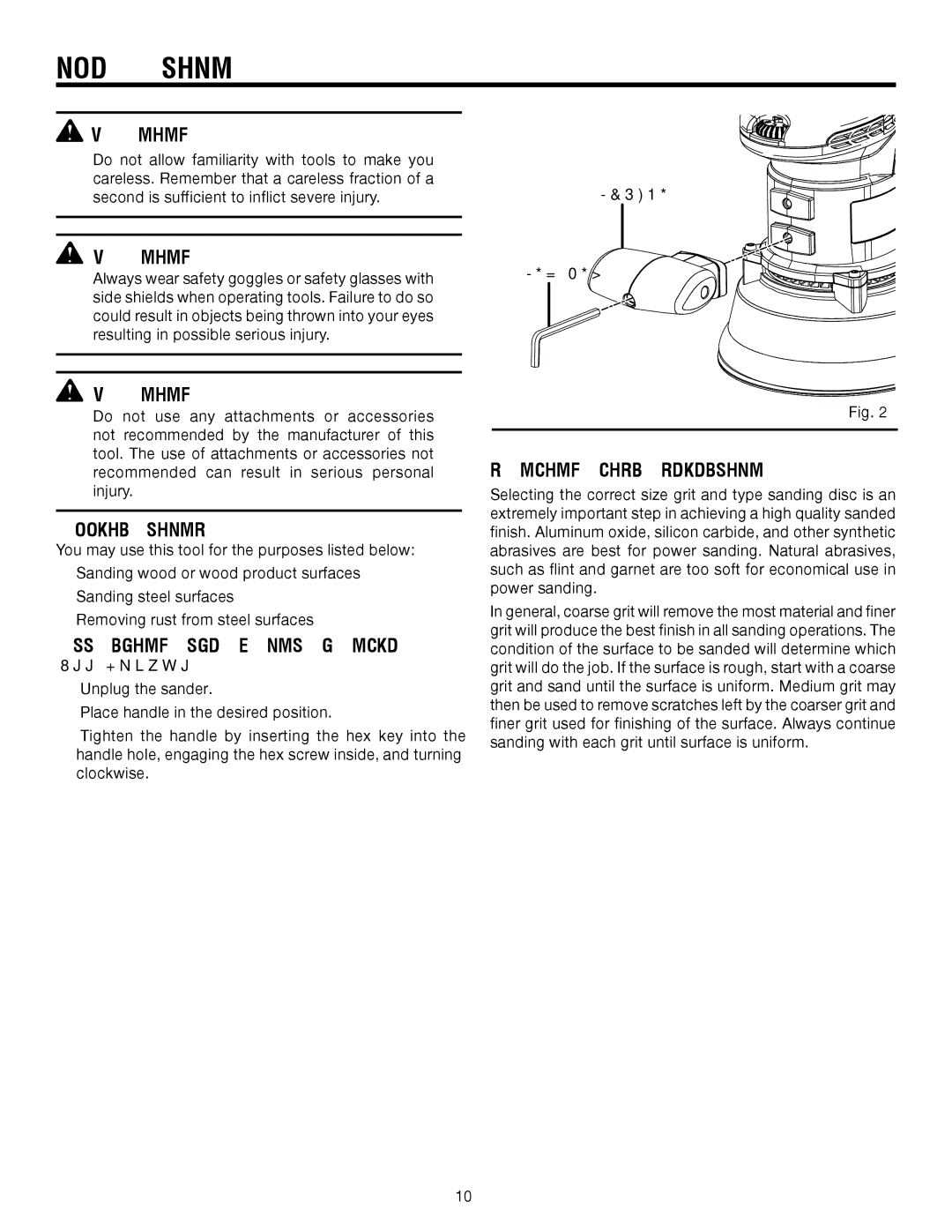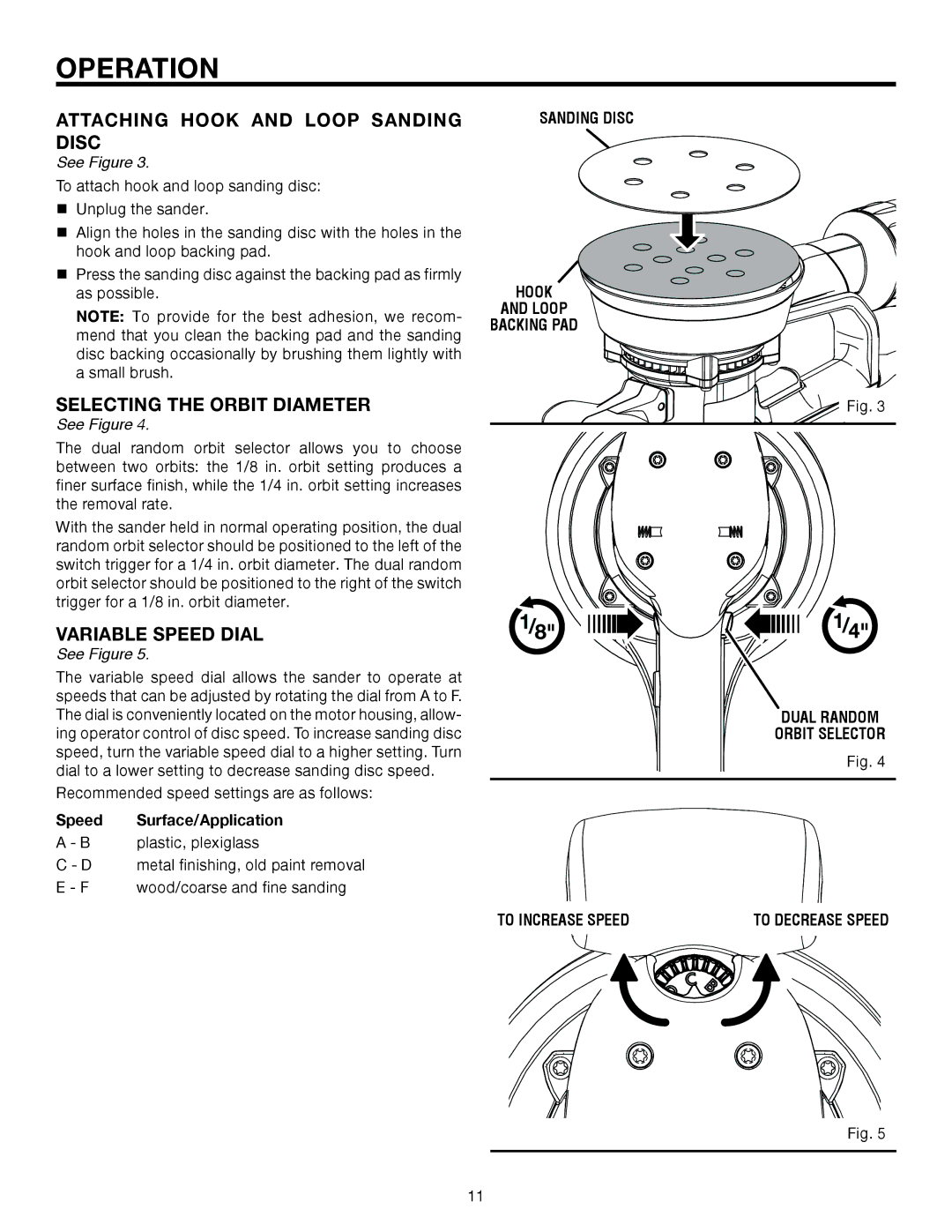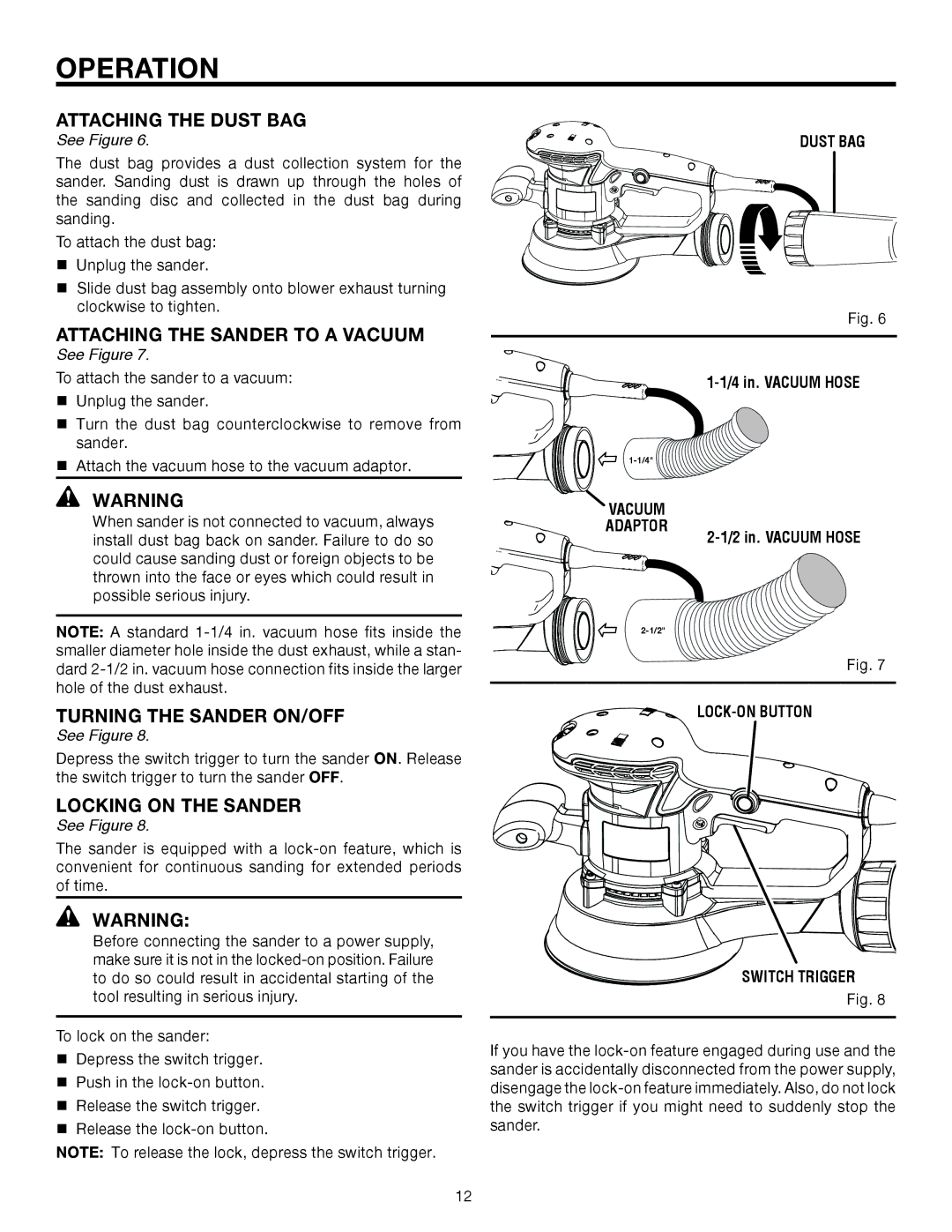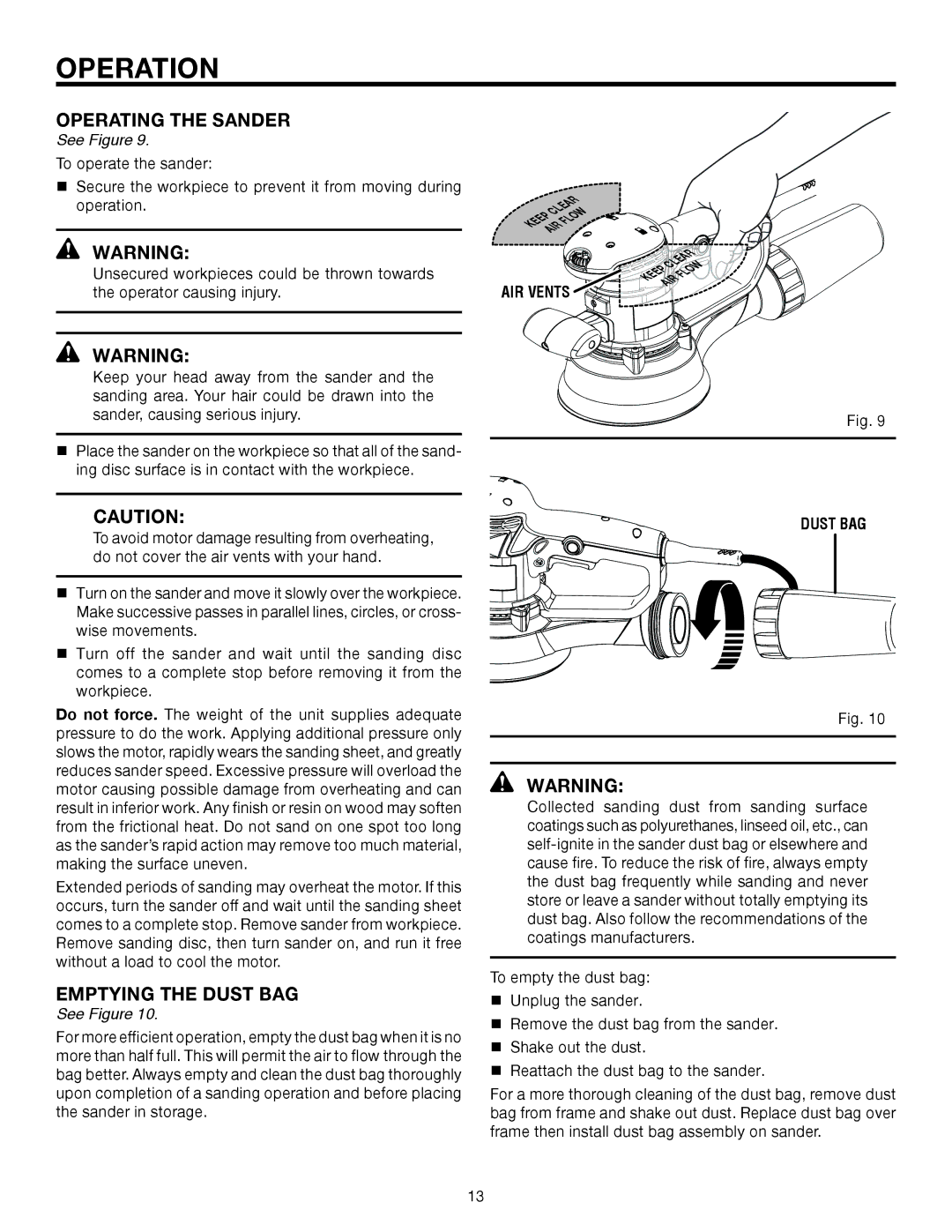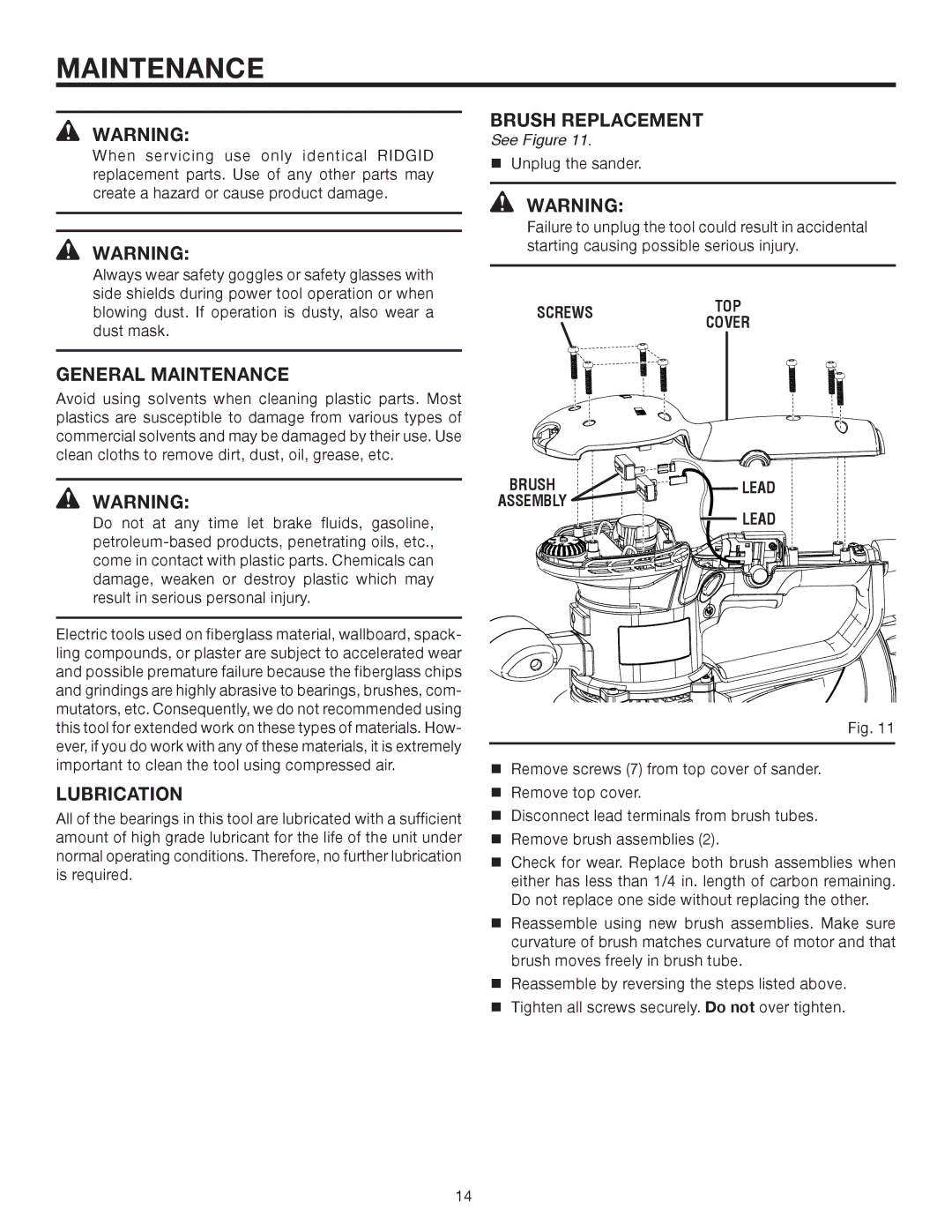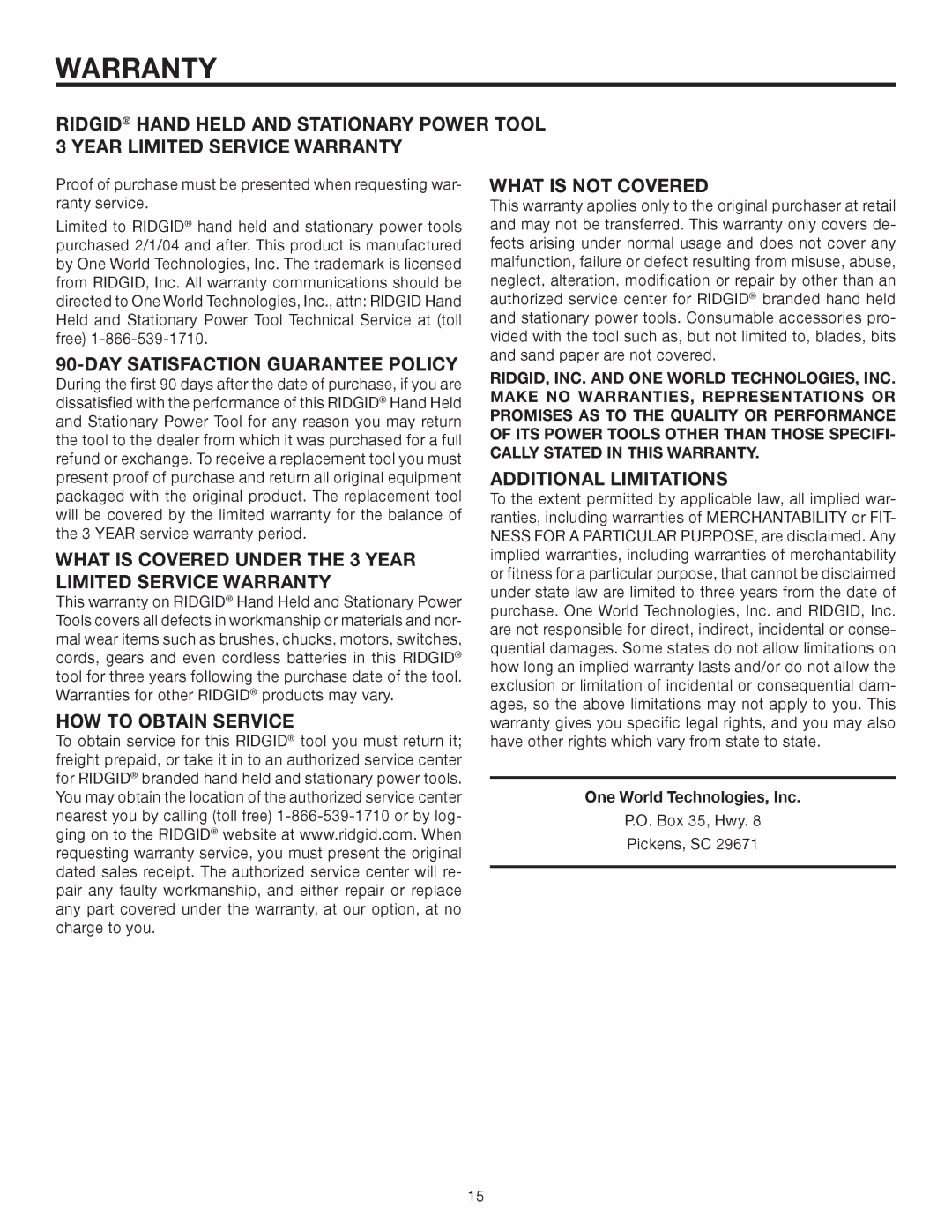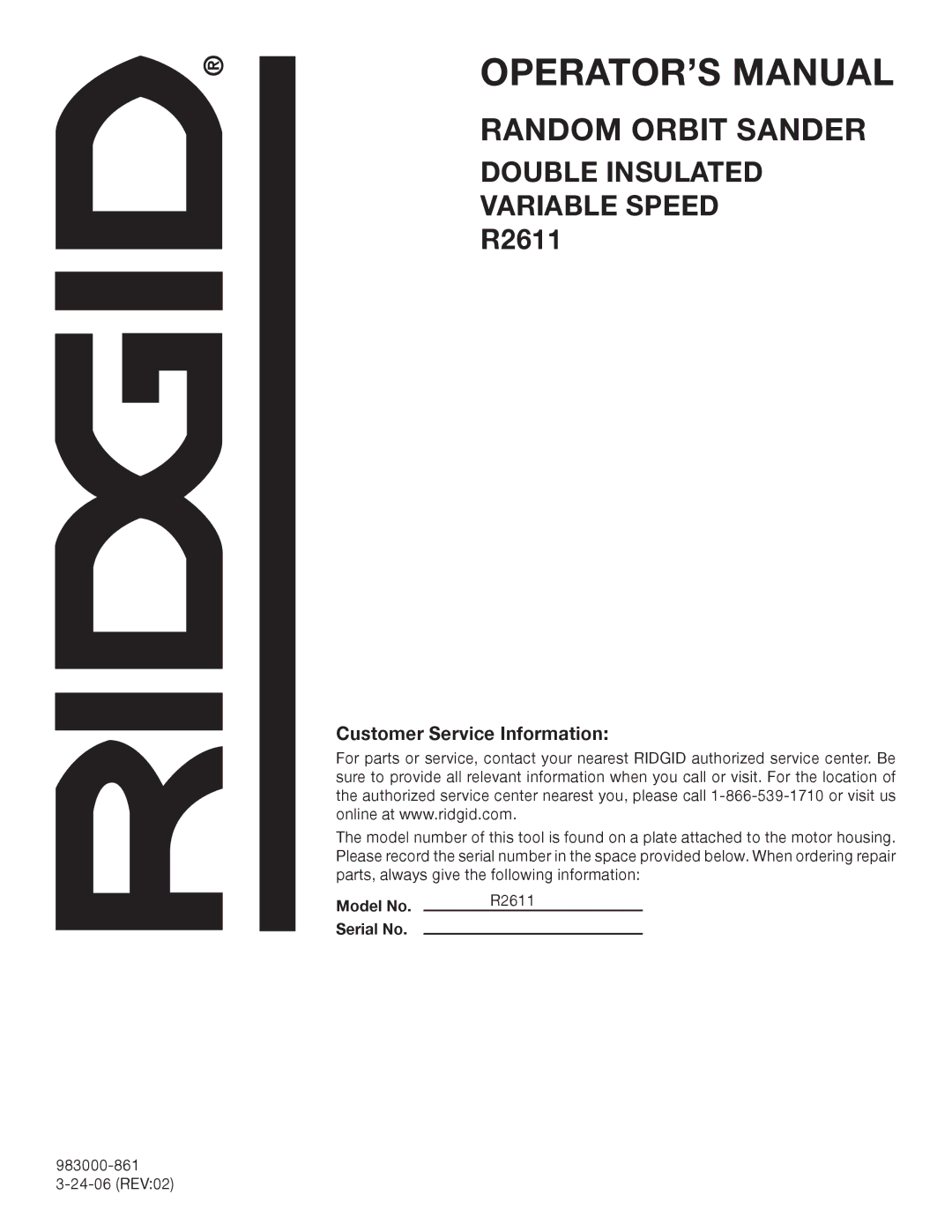
OPERATION
![]() WARNING:
WARNING:
Do not allow familiarity with tools to make you careless. Remember that a careless fraction of a second is sufficient to inflict severe injury.
![]() WARNING:
WARNING:
Always wear safety goggles or safety glasses with side shields when operating tools. Failure to do so could result in objects being thrown into your eyes resulting in possible serious injury.
HANDLE
HEX KEY
![]() WARNING:
WARNING:
Do not use any attachments or accessories not recommended by the manufacturer of this tool. The use of attachments or accessories not recommended can result in serious personal injury.
APPLICATIONS
You may use this tool for the purposes listed below:
Sanding wood or wood product surfaces
Sanding steel surfaces
Removing rust from steel surfaces
ATTACHING THE FRONT HANDLE
See Figure 2.
Unplug the sander.
Place handle in the desired position.
Tighten the handle by inserting the hex key into the handle hole, engaging the hex screw inside, and turning clockwise.
Fig. 2
SANDING DISC SELECTION
Selecting the correct size grit and type sanding disc is an extremely important step in achieving a high quality sanded finish. Aluminum oxide, silicon carbide, and other synthetic abrasives are best for power sanding. Natural abrasives, such as flint and garnet are too soft for economical use in power sanding.
In general, coarse grit will remove the most material and finer grit will produce the best finish in all sanding operations. The condition of the surface to be sanded will determine which grit will do the job. If the surface is rough, start with a coarse grit and sand until the surface is uniform. Medium grit may then be used to remove scratches left by the coarser grit and finer grit used for finishing of the surface. Always continue sanding with each grit until surface is uniform.
10


